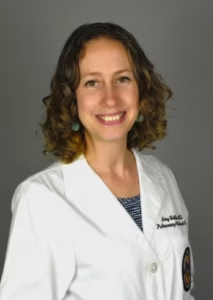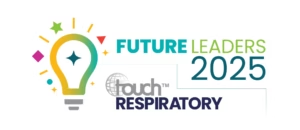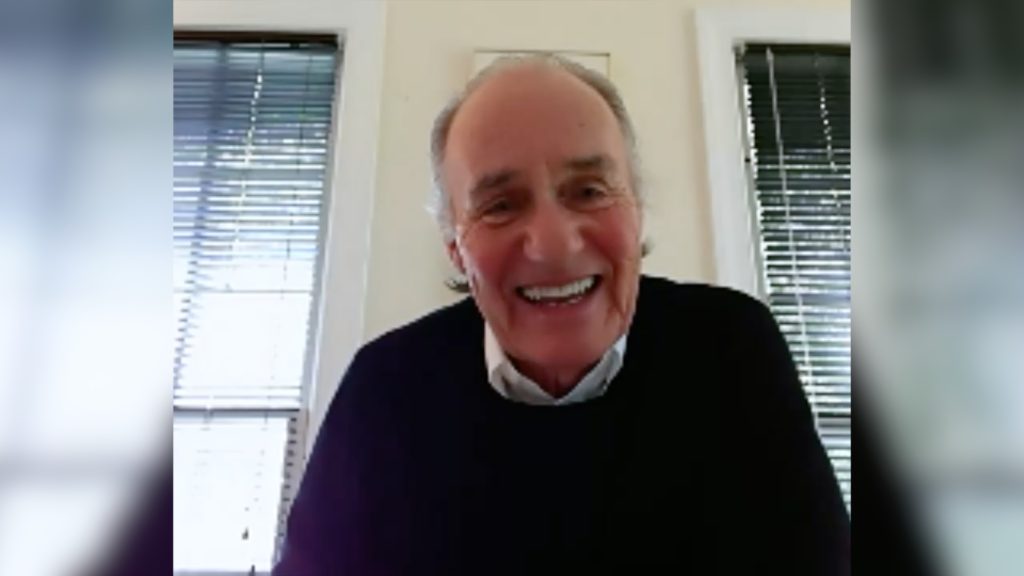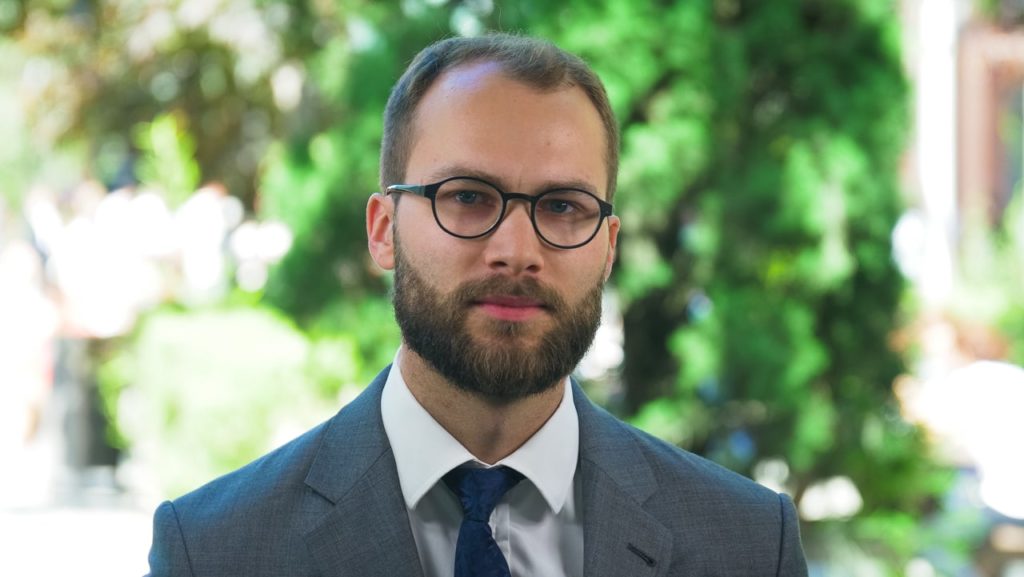 Dr Amy Wolfe is a specialist in pulmonary and critical care medicine, with a particular interest in tuberculosis (TB). Dr Wolfe is Director of the Louisiana State University Health Sciences Center (LSUHSC)-Wetmore TB clinic and Assistant Professor of Medicine at LSUHSC in New Orleans, LA, USA. With a background in community health following hurricane Katrina, her work focuses on reducing barriers to care for underserved populations, particularly in the management of TB and post-TB lung disease. Dr Wolfe’s approach combines clinical care with wraparound services, including primary care access, patient navigation, and support for comorbidities.
Dr Amy Wolfe is a specialist in pulmonary and critical care medicine, with a particular interest in tuberculosis (TB). Dr Wolfe is Director of the Louisiana State University Health Sciences Center (LSUHSC)-Wetmore TB clinic and Assistant Professor of Medicine at LSUHSC in New Orleans, LA, USA. With a background in community health following hurricane Katrina, her work focuses on reducing barriers to care for underserved populations, particularly in the management of TB and post-TB lung disease. Dr Wolfe’s approach combines clinical care with wraparound services, including primary care access, patient navigation, and support for comorbidities.
As part of our Future Leaders series, Dr Wolfe outlines the factors that drew her to pulmonary and critical care medicine, the impact early experiences in New Orleans had on her approach to health equity, and the challenges and opportunities in treating respiratory disease in vulnerable groups. Dr Wolfe also discusses current innovations in pulmonology, including lung cancer diagnostics, artificial intelligence (AI) applications in TB care, and efforts to expand access to pulmonary rehabilitation.
Q. What motivated or inspired you to specialise in pulmonary and critical care medicine?
I loved the combination of building a long-term relationship with pulmonary patients in the clinic, with acute care in the intensive care unit (ICU) and helping patients and family come to terms with emergencies or end-of-life issues, and the opportunities for procedural expertise. I think of critical care as the opportunity to practice internal medicine with less administrative hurdles. Almost every patient in the ICU is having the worst day of their life, and there are a lot of opportunities for compassion alongside evidence-based care. Pulmonology as a specialty allows for the chance to really improve patients’ quality of life, if respiratory symptoms can be accurately diagnosed and treated.
Q. How did your early experiences in New Orleans shape your focus on addressing health disparities in pulmonary and critical care medicine?
I originally moved to New Orleans after hurricane Katrina to volunteer in a free clinic, where I met many people who had never had access to primary care before. Patients spoke with me about their experiences of limited educational opportunities, limited opportunities for enjoyable and meaningful work, heavy neighborhood policing and high incarceration rates, and minimal access to healthy food. Despite this, I was inspired by people’s commitment to care for each other and to advocate for improved access to education, dignified work, healthy food, and a safer city. I thought more about the concept of self-determination, and how doctors can support patients to live healthier lives in order to participate more fully in their communities. Respiratory health can really limit quality of life, and is a specialty that can be inaccessible. Many people have had experiences with family members cared for in the ICU that they found traumatic or dehumanizing, and I find it very meaningful to break down the jargon and help people understand what is happening, so they can best advocate for their loved ones.
Q. What are the biggest challenges in managing tuberculosis and post-tuberculosis lung disease, especially in vulnerable populations?
Many patients with TB have experienced at least one social stressor that makes them more likely to contract TB, this may be immigration, prior incarceration, or a stay in a shelter. Often the initial risk for TB infection isn’t clear, but progression to TB disease may have been affected by uncontrolled diabetes, HIV, smoking, drug use, heavy alcohol use, or a need for immunosuppression due to another medical condition. With a population that has unstable housing or relies on seasonal work, it can be hard to get patients to come to a TB clinic for regular checkups. In addition, there is still a big stigma surrounding TB disease and there can be significant effects on mental health, employment, finances, and social relationships. Providing care for post-TB lung disease is even more tricky; often there is no funding for this kind of care, once a microbiological cure has been achieved.
Q. As Director of the LSUHSC-Wetmore TB clinic, what innovative approaches are you using to reduce barriers to care for underserved patients?
We have created a program to include wrap-around care for our patients, who may be affected by a number of the barriers above. We have an on-site Family Nurse Practitioner who assesses each patient for access to primary care and refers as needed, also providing “bridge” care for any urgent issues that arise. This support has really helped our patients adhere to therapy and get better, as drug interactions with TB medications and outcomes affected by comorbidities are common. Some of the most common things she assists with are COPD, tobacco use, diabetes control, nutrition, reducing alcohol and drug use, and managing side effects of TB medication. We also have a ‘Patient Navigator’, who helps patients schedule CT scans and other hospital-based tests, as well as following-up with specialists, and collaborating with social work and foundation support to provide access to nutritional supplements, financial support, and medication coverage. We collaborate with several of the local homeless shelters to ensure flexible access to care for residents. In the next year, we are working on starting a patient support group to build community, and to provide education and motivation to complete therapy.
Q. What emerging trends in pulmonology do you find most promising for preventing and managing chronic respiratory diseases in at-risk populations?
Decrease in tobacco use is slow-going but hopeful; I hope we will start to see a similar decrease in vaping. I think it’s possible that AI technology for chest X-ray-based diagnosis of TB could provide access for more marginalized populations. Lung-cancer screening and robotic bronchoscopies have cut down on the amount of time until lung cancer diagnosis. I would also like to see pulmonary rehabilitation become accessible for all patients.
Further content in respiratory infections.
Editor: Victoria Jones, Senior Content Editor.
Disclosures: This short article was prepared by touchRESPIRATORY in collaboration with Dr Amy Wolfe. touchRESPIRATORY utilize AI as an editorial tool (ChatGPT (GPT-4o) [Large language model]. https://chat.openai.com/chat.) The content was developed and edited by human editors. No fees or funding were associated with its publication.
Cite: Amy Wolfe. Improving Access and Outcomes in Pulmonary and Critical Care: A Q&A with Future Leader, Dr Amy Wolfe. touchRESPIRATORY. May 2025.

touchRESPIRATORY is celebrating the brightest rising stars in respiratory and pulmonary medicine, who are set to shape the future of the field.
Register now to receive the touchRESPIRATORY newsletter!
Don’t miss out on hearing about our latest peer reviewed articles, expert opinions, conference news, podcasts and more.









